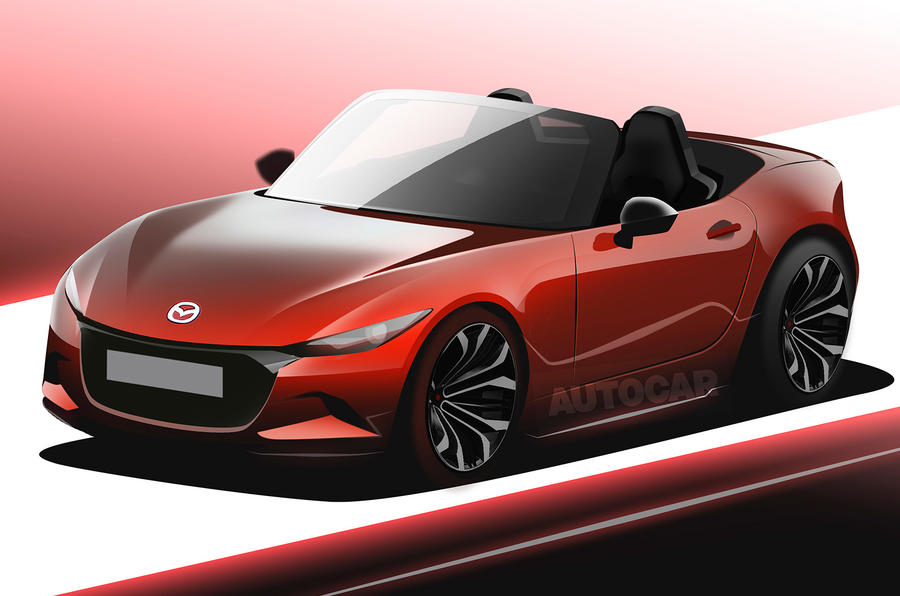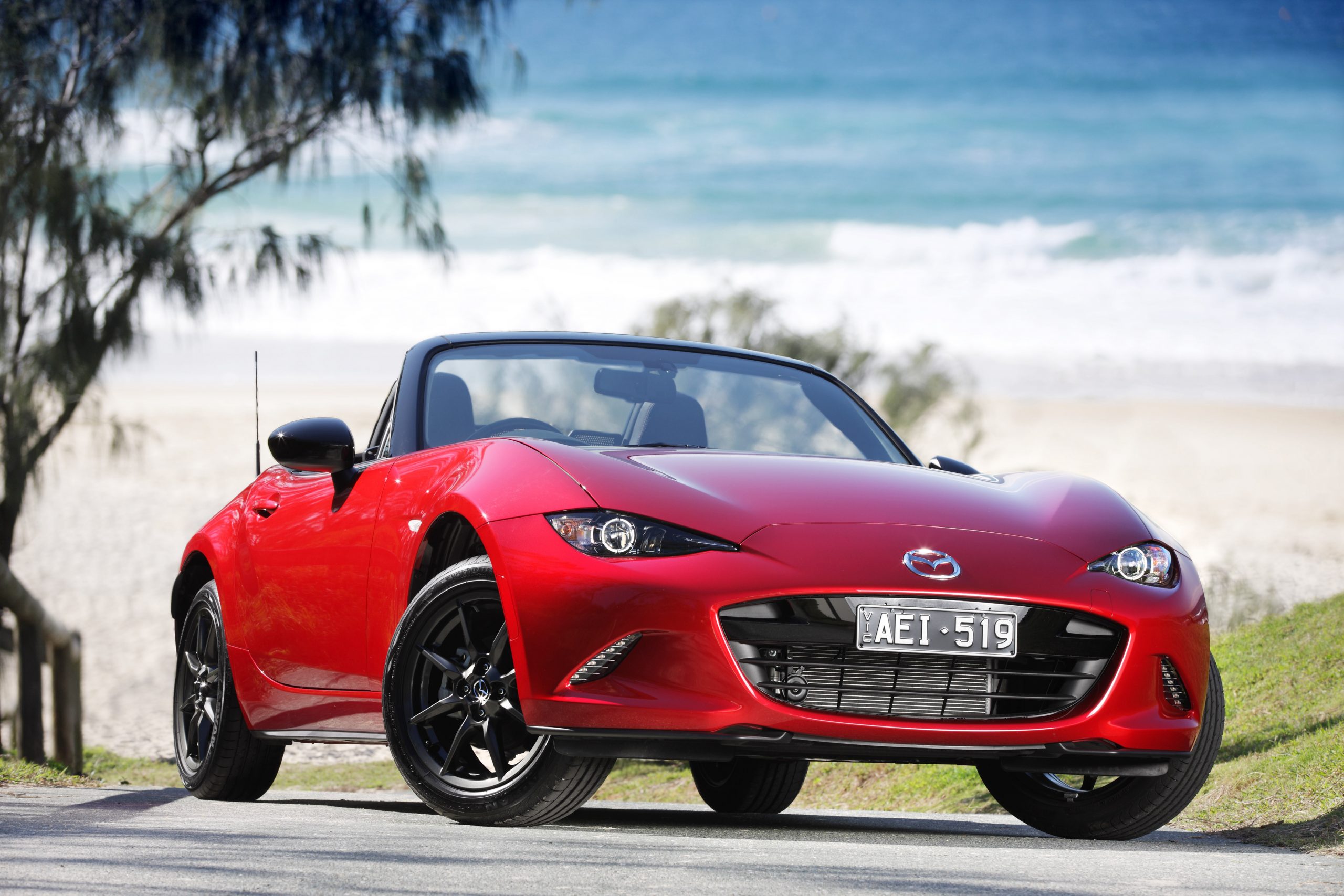NE-generation roadster, due 2024, to be designed around innovative Skyactiv-X engine.
Mazda’s commitment to internal combustion will extend to the next-generation MX-5, which is set to receive the Japanese manufacturer’s newest and most advanced petrol-engine technology rather than a plug-in hybrid or battery-electric powertrain.
Mazda last year launched its first BEV, the MX-30 crossover, but just a year before that ushered in its innovative Skyactiv-X petrol engine technology, which uses spark-controlled compression ignition (SPCCI) to improve efficiency and performance.
This could enable some petrol-powered Mazdas to remain on sale as their respective rivals go electric. The manufacturer has previously confirmed that a Skyactiv-X engine will be used only in all-new models that have been designed around it and its associated mild-hybrid hardware.
The first cars to gain a Skyactiv-X engine were the3 family hatchback and its CX-30 sibling, and Mazda has previewed a new straight-six that could appear in the next-generation 6.
Skyactiv-X technology is now offered in various models without a turbocharger (the 3 is available in the US with a 2.5-litre turbo engine), making it highly likely that the MX-5 can stay true to its naturally aspirated roots in its fifth generation.
A small supercharger does feature as part of a Skyactiv-X engine, but only as a means of pressurising the air inside when it’s running on spark-controlled ignition (in so doing avoiding the accelerative lag caused by a turbocharger).
Upgrading to the latest iteration of Mazda’s petrol-burning technology could make the next-generation MX-5 a substantially more potent proposition, as the firm claims that the 2.0-litre four-cylinder Skyactiv-X engine produces some 30 per cent more torque than the same-sized Skyactiv-G unit (used by the current, top-rung MX-5). This would take output from 205Nm to nearer 270Nm and most likely bring the 0-100km/h time below 6.0sec.
Notably, Mazda has yet to create a Skyactiv-X engine with a capacity lower than 2.0 litres, raising questions over the future of the entry-level 1.5-litre MX-5.
Should the model be re-engineered from the ground up to accommodate Skyactiv-X tech, it is doubtful that Mazda would continue to offer any version of the Skyactiv-G engine. As such, it is likely that the next MX-5 will be offered with one powerplant in different states of tune.
A manual gearbox will no doubt remain an option, however, in line with the car’s enthusiast focus.
Although new, cleaner fuel-burning technology could extend the pure-petrol MX-5’s lifespan, the latest Skyactiv-X engines are equipped with a belt-driven mild-hybrid system, which slightly reduces CO2 emissions without incurring the weight penalty of a more cumbersome electric motor.
Mazda design boss Ikuo Maeda has previously outlined to us the dilemma the firm faces in future-proofing the MX-5: “We want to look at the best powertrain to keep the vehicle lightweight, but because of the diversifying requirements and preference, we need to explore various options.”
Crucially, he added, the next MX-5 must be a car that “people can own without worrying that they aren’t being eco-friendly”.
The packaging constraints and lightweight focus of a diminutive sports car such as the MX-5 make extensive electrification largely unviable with the technology that’s on offer today.
Even according to Mazda’s philosophy of using exclusively small batteries for EVs in order to minimise emissions from production, an electric MX-5 adopting today’s battery-cell technology would still be a much heavier car than the current model. For context, the MX-30 employs a relatively tiny 35.5kWh battery pack yet still weighs some 500kg more than the current MX-5 convertible.
Outside the engine bay, the MX-5 is tipped to draw on the “less is more” design language previewed by Mazda’s striking Vision Coupé concept, which was revealed two years after today’s MX-5 was launched and has since influenced the looks of the 3, CX-30 and MX-30.
Therefore angular LED headlights and a new-shape front grille are on the cards, although Mazda will no doubt steer away from its overtly aggressive design cues so as not to confuse the MX-5’s accessible positioning.
The overhaul will be extended to the cabin, where the roadster will be brought into line with its newer contemporaries, benefiting from Mazda’s visibly more upmarket new-age dashboard design, complete with updated infotainment, digital dials and sleeker switchgear.
Official details will be released closer to the model’s unveiling. Mazda has given no official indication of a launch date. However, based on the lengthy life cycles of previous MX-5s, it can be expected to go on sale in 2024.
Felix Page





